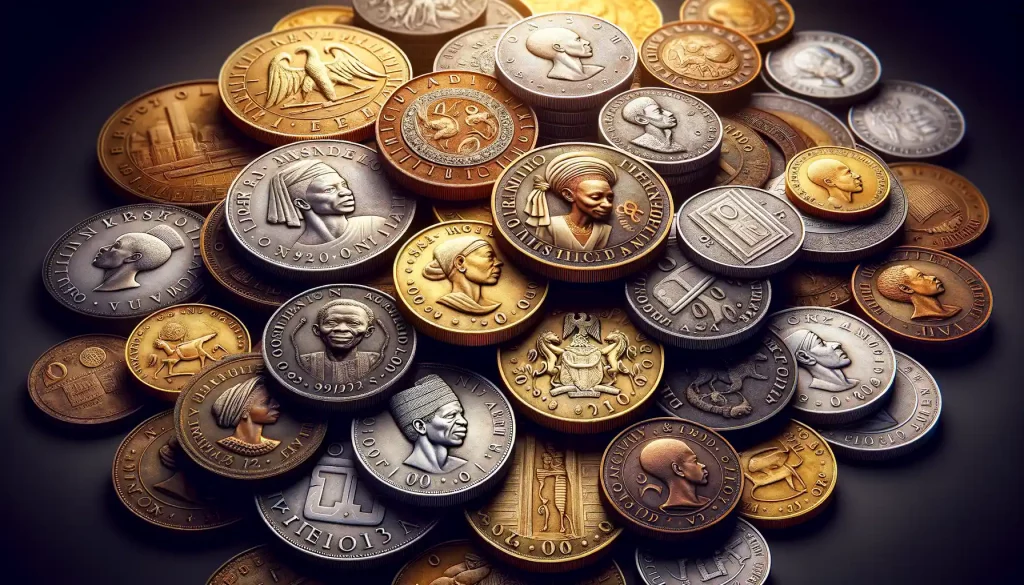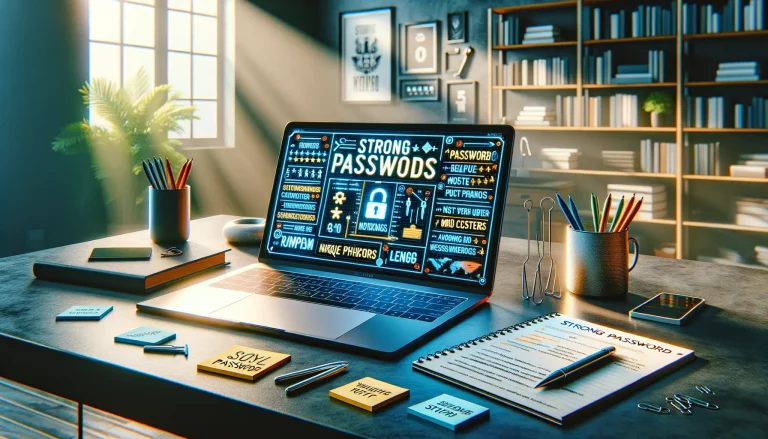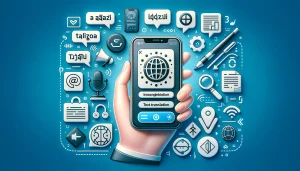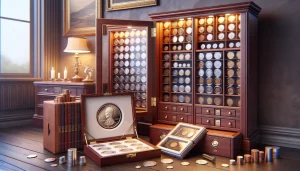Introduction to Nigerian Coins and Their Significance
Coins may seem small, but in Nigeria, they carry a weight far greater than their size. These tiny discs are more than just currency – they’re storytellers, whispering tales of history, culture, and national pride. Have you ever held an old Nigerian coin and wondered about the hands it passed through? Perhaps it jingled in the pocket of a market trader in Lagos or was given as a blessing at a village celebration. The significance of Nigerian coins is deeply personal and profoundly national.
The Stories Hidden in the Smallest Details
Every coin has a unique design, and Nigerian coins are no exception. They showcase emblems that reflect our journey as a people. From the majestic coat of arms gracing many coins to images of cultural icons and historic symbols, these designs aren’t just decorative – they’re a timeline etched in metal. Notice the 2 kobo coin with the groundnut motif, a nod to Nigeria’s agricultural heritage, or the One Naira coin, boldly carrying the face of General Murtala Mohammed, a national figure.
Why They Matter More Than Ever
Nigerian coins are more than relics; they’re keys to understanding identity and connection. Consider these reasons why they resonate:
- Cultural pride: Coins preserve traditions through their inscriptions and designs.
- Historical education: Each piece teaches us about specific eras in Nigeria’s development.
- Personal nostalgia: For many, coins evoke childhood memories of “dash” given by elders or market transactions under the sun.
So, when you hold an older Nigerian coin, think beyond its value – think of the heartbeat of a nation embedded in metal.
Key Historical Nigerian Coins Through the Ages
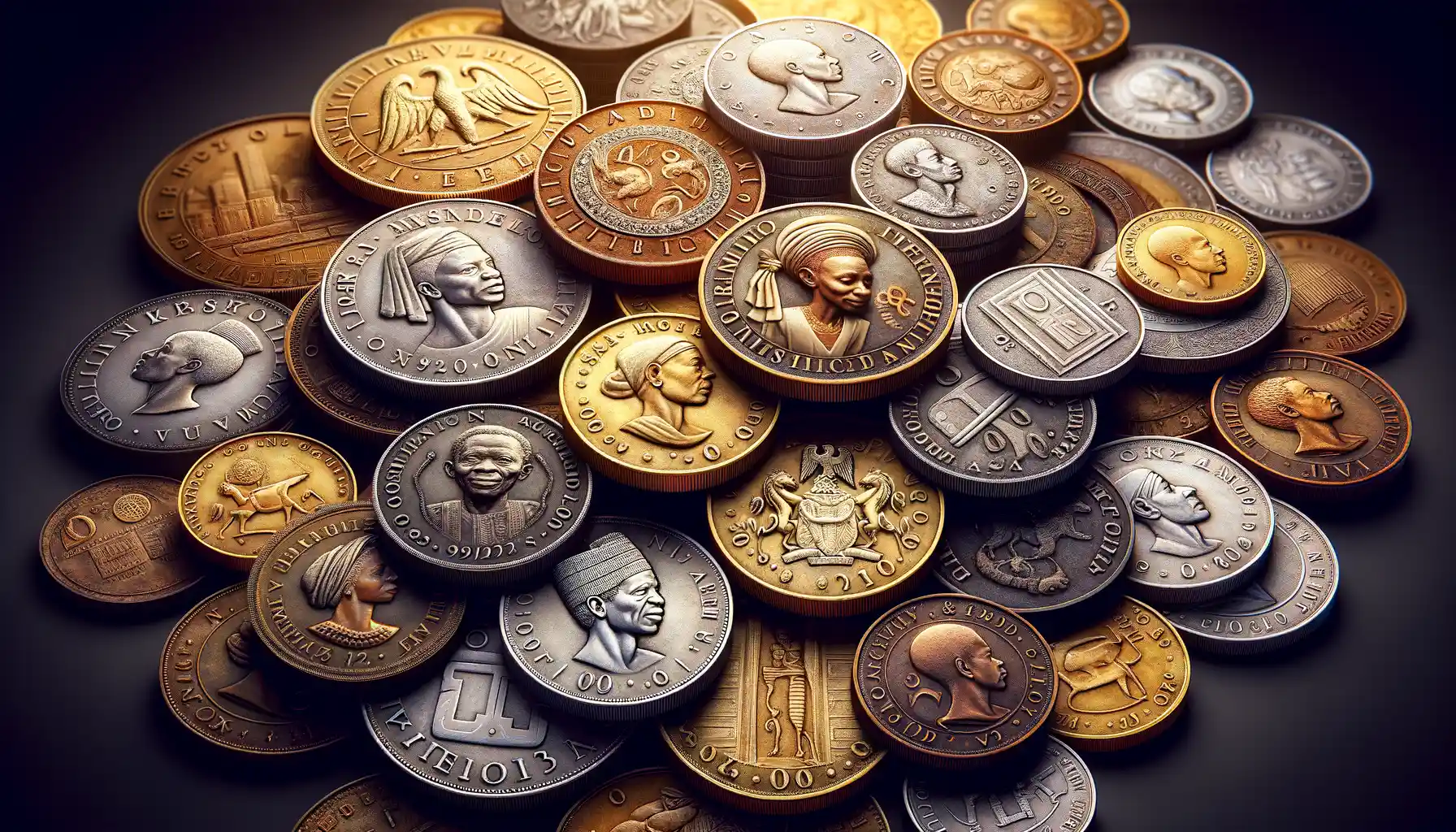
The Coins That Tell Nigeria’s Story
Ever wondered what stories a coin could whisper if it could talk? Nigerian coins are more than just currency—they’re tiny metal time machines, carrying echoes of history in their ridges. One standout is the iconic Shillings from the British West African period (1913-1958). These coins gleamed with their mix of copper and nickel, stamped with a star framing a hole at the center—an unusual yet practical design that made them easy to carry on strings. Imagine merchants trading palm oil or kola nuts, jingling these very coins in bustling marketplace crowds!
Then came the era of independence, marked by the unforgettable Penny coins of 1959. With their elegant elephant emblem, they symbolized resilience and strength—traits Nigerians hold close. And who could ignore the charm of the Kobo coins, introduced in 1973 following decimalization? The 50 Kobo piece stood out with its bold national coat of arms, an emblem of pride for a newly independent nation moving toward progress.
Each coin is like a fragment of Nigeria’s mosaic, capturing moments of change, resilience, and freedom in a form you can hold in your hand. Isn’t that magic?
How to Identify Authentic Nigerian Coins
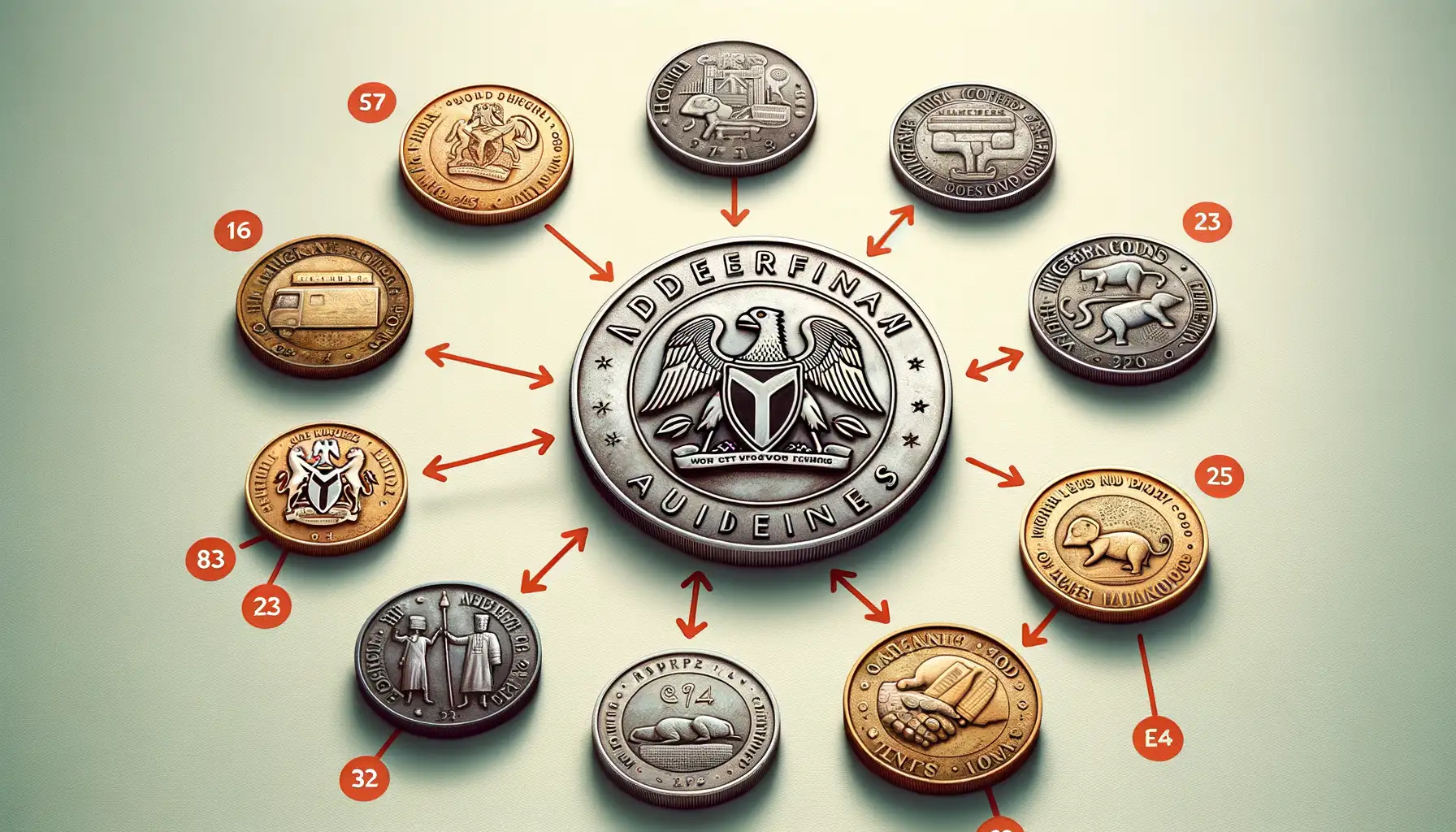
Spotting the Unique Markers of Genuine Nigerian Coins
Collecting historical Nigerian coins is like piecing together a vivid mosaic of the country’s past. But how do you ensure you’re holding an authentic slice of history in your hands and not a clever replica? Let’s break it down.
First, start with the basics: inspect the coin’s material. Most older Nigerian coins were made from durable metals, such as bronze, copper-nickel, or steel. Counterfeits often feel lighter or strangely rough because cheap alloys are used. Run your fingers along the edges—does it have that smooth yet firm texture genuine coins are known for?
Engravings are your next clue. Authentic Nigerian coins, especially iconic ones like the 2 kobo or the 1 naira coin, have sharp, intricate designs. Look closely at symbols like the Nigerian coat of arms or animals such as the eagle and the bull. Are the details crisp and clear, or does it appear muddled and blurry? The latter could spell trouble.
And here’s a pro tip: a magnet can be your best friend! Some authentic Nigerian coins have magnetic properties based on their metallic composition. Test yours—if it sticks when it shouldn’t, something may be amiss.
When in doubt, trust your instincts. That tactile joy of holding a real piece of history can’t be duplicated easily. Be alert, yet ready to embrace the thrill of discovery.
The Value of Collecting Historical Nigerian Coins
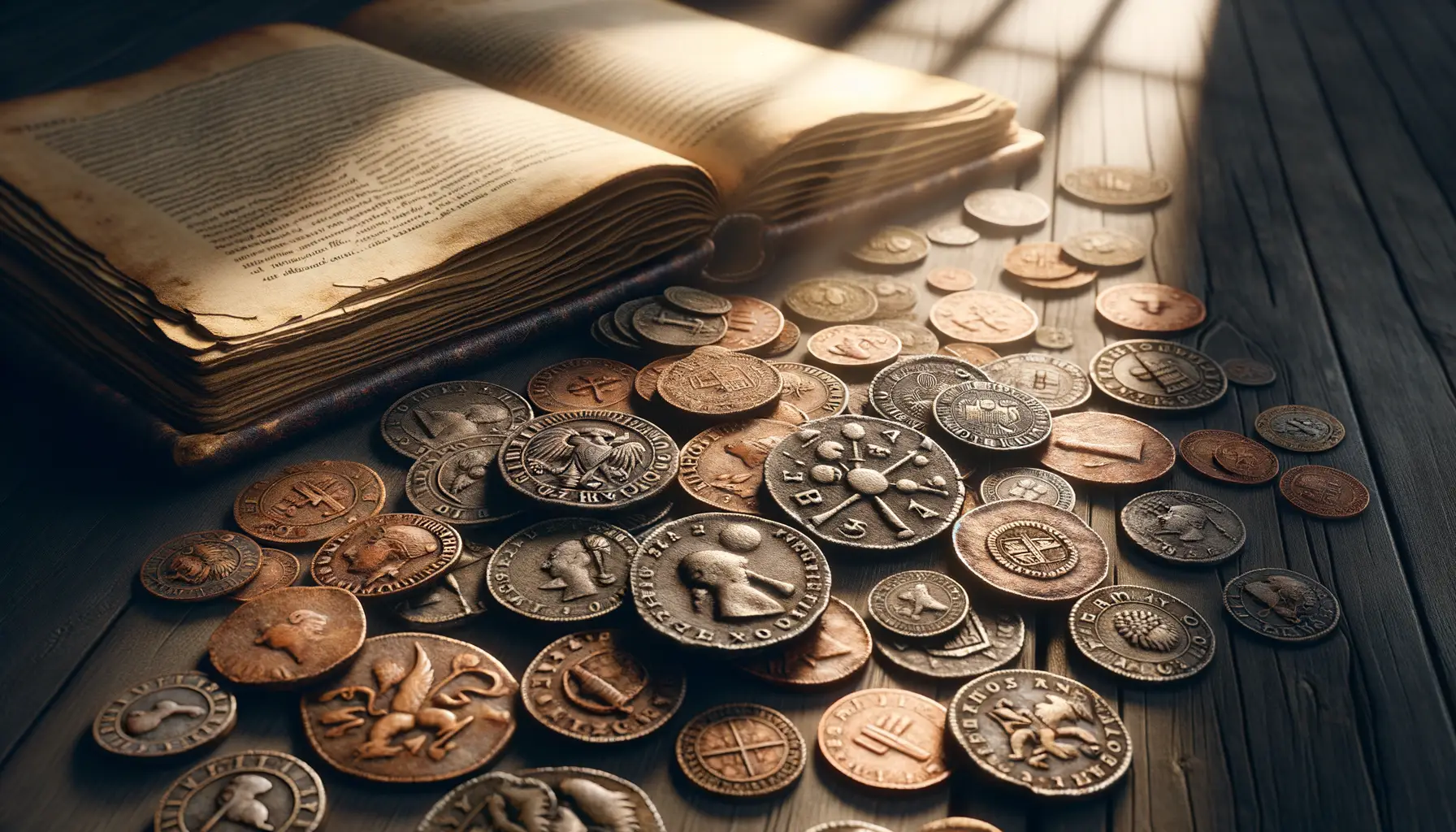
Why Historical Nigerian Coins are More Than Just Metal
Owning a piece of history is magical, isn’t it? Collecting historical Nigerian coins isn’t just a hobby; it’s like holding a key to Nigeria’s past. Each coin tells a story—a whisper of cultural transitions, political milestones, and shared heritage. Imagine cradling a 1959 penny, minted just before Nigeria’s independence. That tiny disc embodies the spirit of an era—how can you put a price on that?
Beyond their emotional allure, these coins possess tangible value. Many are crafted from precious metals like bronze or nickel, prized by investors and collectors alike. As time passes, rare pieces like the 2 Shilling Coin from 1962 can skyrocket in value due to their scarcity. It’s like finding a hidden treasure in plain sight!
Benefits of Building a Collection
Collecting opens doors to unexpected joys. Here’s why enthusiasts find themselves hooked:
- It’s an investment—your collection appreciates in historical and monetary value over time.
- You become a storyteller, sharing fascinating bits of history with friends and family.
- The thrill of discovering rare coins is unparalleled; it’s like uncovering buried treasure!
So whether you’re drawn to their beauty, history, or rarity, these coins offer something deeply personal to cherish.
Tips for Preserving and Showcasing Your Collection
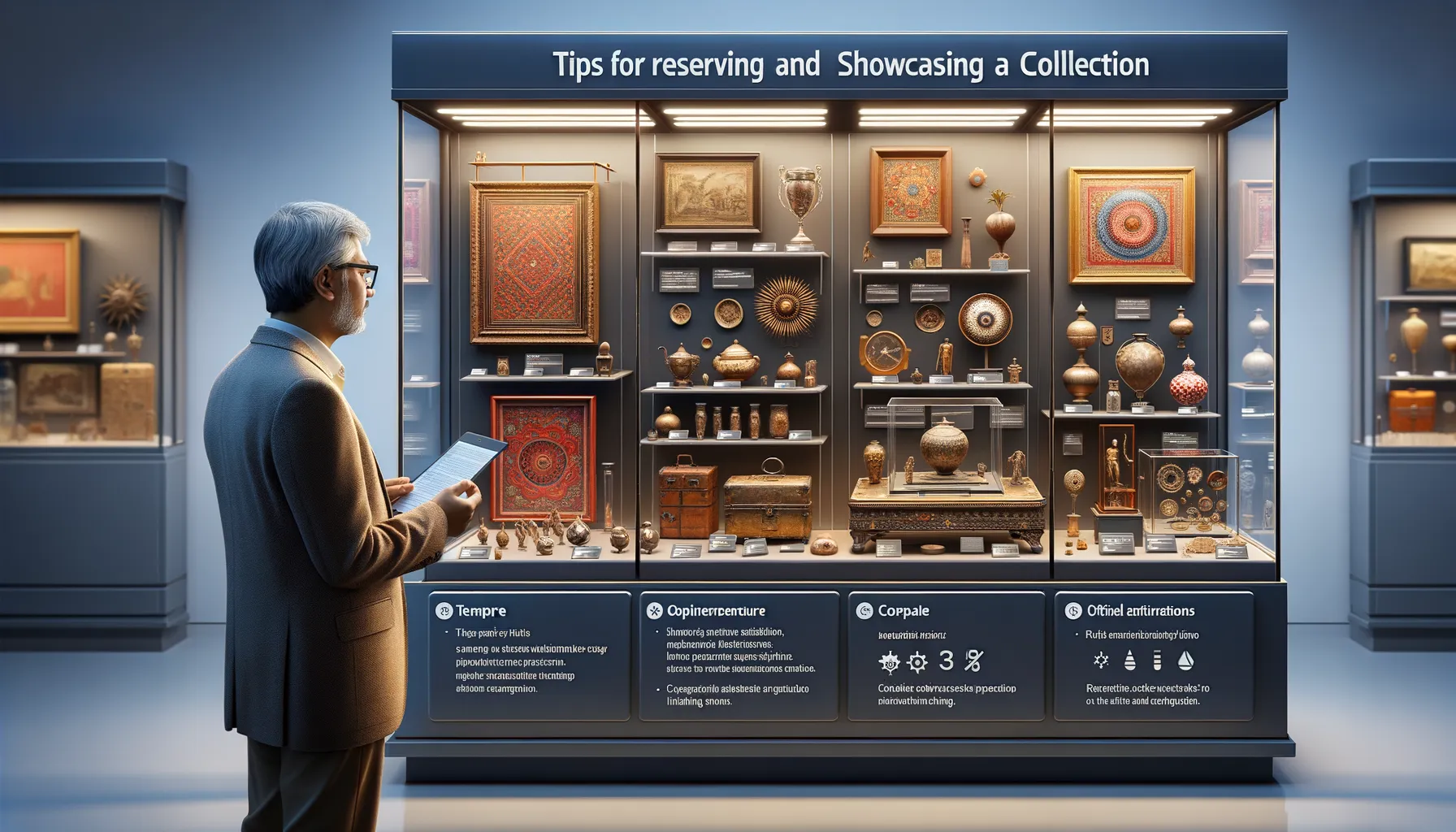
Safeguarding Your Coins for the Ages
Your collection is more than just metal—it’s a time capsule. To protect these treasures from the ravages of time and ensure they shine for future generations, proper care is non-negotiable. Dust or grime on your coins? Never scrub them! A simple rinse with distilled water, followed by gentle patting with a soft cloth, can work wonders. If possible, skip the temptation to polish; it can strip away the natural patina that makes your coin unique.
Storage is another pillar of preservation. Keep your prized Nigerian historical coins in acid-free holders or airtight containers. Avoid humidity like the plague—it’s a silent killer. Use silica gel packets or invest in a dehumidifier, especially if you live in tropical areas.
Creative Ways to Showcase Your Treasures
Why let your exquisite coins languish in a dark drawer? Let them speak! Here are some fresh ideas:
- Frame a small selection in a shadow box for a museum-style display.
- Use clear acrylic cases and arrange by period or theme on shelves.
- Create a rotating gallery—highlight a “coin of the month” in your living space!
Display isn’t just about aesthetics; it’s a celebration of your passion for history and culture.
